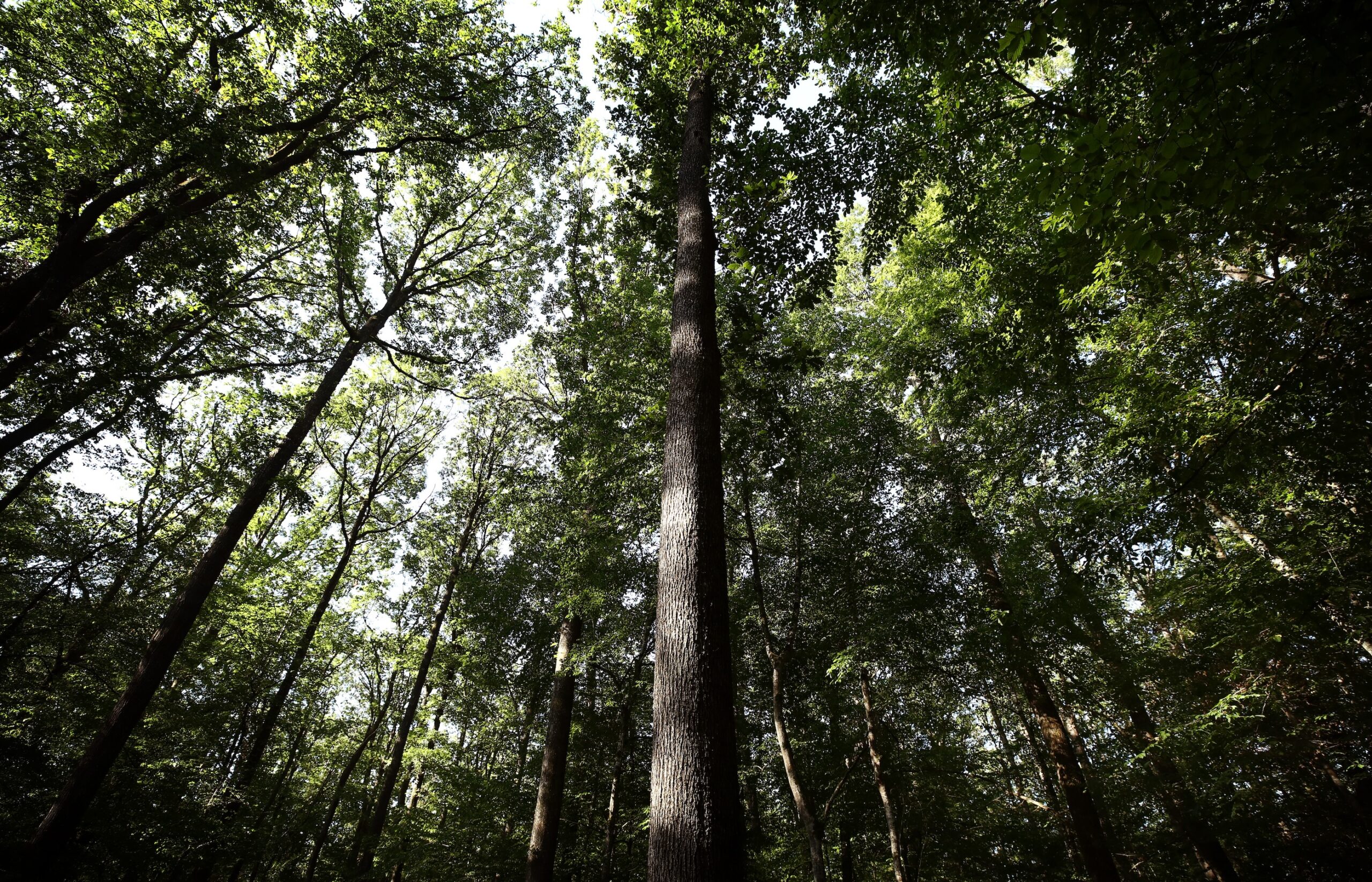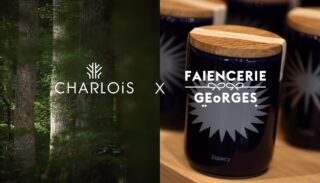Upstream from the cooperage #2 – Cooperage oak
17 January 2024
Cooperage oak is a rare material from the forest. There are different types of oak used for maturing wines and spirits. French oak, European oak and American oak.
French oak
French oaks, sessile (quercus petraea) and pedunculate (quercus robur), are used only for maturing fine wines. These slow-growing oaks produce very fine grains. Sessile and pedunculate oaks have different ecological requirements. The pedunculate oak is very light-demanding and doesn’t take well to competition. It requires dynamic silviculture, with thinning (reducing the density of target species) at an early age and regular thinning (every 7 to 12 years on average) to select around 70 fine specimens per ha. Sessile oak is more resistant to competition. Successive thinnings will aim to select around a hundred fine trees per hectare.
Finally, for both varieties, quality oak production (fine to medium-grained, homogeneous) requires frequent thinning to ensure the development of ample crowns and sustained, regular diameter growth. Dynamic management of the understory, through coppice thinning, is also necessary to raise the trees and avoid greedy growth on the trunk.
European oak
The main differences with French oak come from terroir and forestry methods. Contributing less finesse, they are used for medium to high-end wines. Today, in some countries such as Romania, where French-style forestry has been practiced for almost a century, we are beginning to see some magnificent specimens.
American oak
The more aromatic American oak (white oak or Quercus Alba) is used for bourbon, whisky and full-bodied wines. Because of its density, it doesn’t need to be split. It’s simply sawn, which means a higher yield.
Photography © Christophe Deschanel






